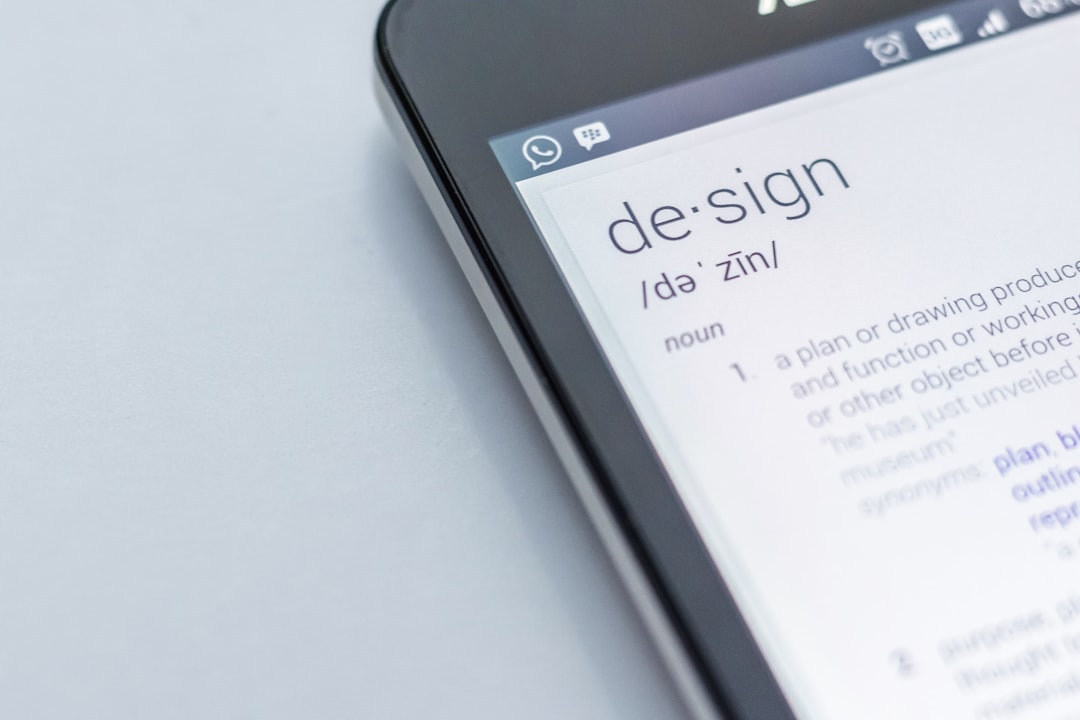In the vast expanse of creativity and innovation, design stands as a monumental testament to human expression and functionality. This article delves deep into the transformative trends shaping the design world, providing a fresh perspective on how aesthetics and utility intertwine to forge exceptional experiences. From sustainable solutions to the digital revolution, explore how modern design continues to evolve, adapting to new challenges and opportunities in the 21st century.
The Renaissance of Sustainable Design
Embracing Eco-friendly Materials
In an era where sustainability is paramount, the design industry has pivoted towards materials that not only reduce environmental impact but also offer durability and aesthetic appeal. Biodegradable fabrics, recycled plastics, and reclaimed woods are now prominent in everything from fashion to furniture, reflecting a collective commitment to the planet.
Innovative Waste Reduction Techniques
Beyond materials, innovative processes are being implemented to minimize waste in design production. Techniques such as zero-waste pattern making in fashion and modular designs in architecture allow for efficiency in resource use, proving that design can be both beautiful and environmentally conscious.
Digital Integration in Contemporary Design
The Rise of 3D Printing
3D printing technology has revolutionized design sectors such as manufacturing, healthcare, and even food production. This tool enables designers to create complex, customized, and precise models with significantly reduced material waste and time.
Virtual Reality and Augmented Reality
The immersive experiences offered by VR and AR are transforming how designers prototype and share their creations. These technologies not only streamline the design process but also enhance the user’s interaction with the final product, offering a glimpse into the future of digital craftsmanship.
The Influence of Cultural Diversity
The global exchange of ideas has enriched the design landscape, infusing it with diverse cultural elements that broaden appeal and foster innovation. This cross-pollination of styles and techniques has led to a more inclusive industry where multicultural influences are a source of inspiration and creativity.
Adaptive Design for Dynamic Needs
As societal needs shift, so too does design. Adaptive design focuses on creating products and spaces that are flexible and can evolve with changing user requirements. This approach is particularly pertinent in urban planning and product design, where the demand for versatility and scalability is high.
The Ethical Dimension of Design
Ethical considerations are increasingly at the forefront of design discourse. This involves fair trade practices, ensuring labor rights in the production process, and designing with an eye toward social impact. Ethical design champions transparency, accountability, and equity, paving the way for a more just and sustainable industry.
In conclusion, the domain of design is undergoing a profound transformation, influenced by technological advancements, ecological awareness, and an enriched cultural dialogue. As designers and consumers, our engagement with these elements will dictate the trajectory of design, steering it towards a future that values both form and function, beauty and ethics, tradition and innovation.







